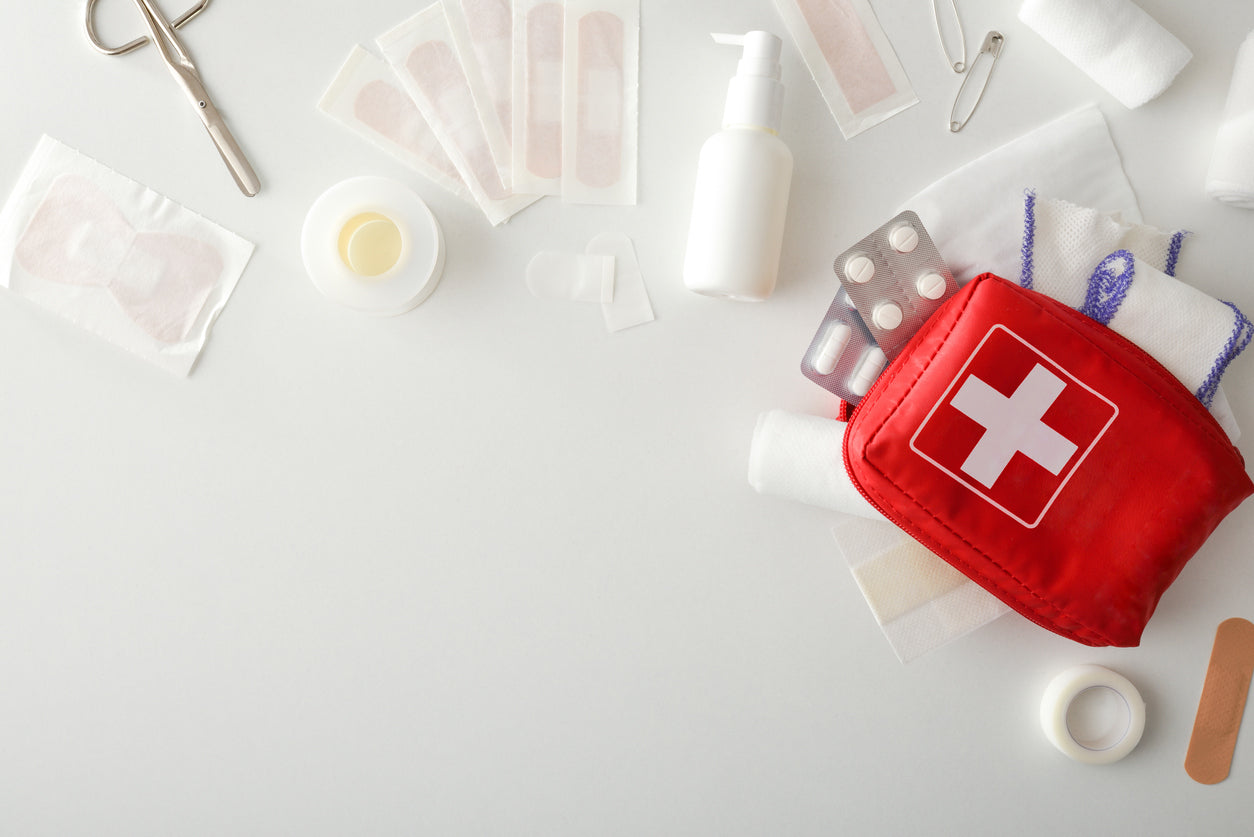Introduction
Unforeseen accidents and emergencies can lead to injuries that involve bleeding. Having the right tools for bleeding control can make a significant difference in preventing severe outcomes. In this guide, we'll explore bleeding control kits, their components, and how to use them effectively in emergency situations.
Understanding the Importance of Bleeding Control
Types of Bleeding
Different injuries result in various types of bleeding, including arterial, venous, and capillary bleeding. Understanding these distinctions is crucial for applying the appropriate first aid measures.
The Importance of Timely Intervention
Quick and effective bleeding control is essential to prevent excessive blood loss, shock, and potential long-term complications. Every second counts in an emergency situation.
Components of a Bleeding Control Kit
Tourniquets
Tourniquets are crucial for controlling severe bleeding from extremities. Learn how to properly apply a tourniquet and the importance of noting the time it's applied.
Pressure Dressings
Pressure dressings help apply direct pressure to wounds, controlling bleeding and promoting clotting. Familiarize yourself with different types of dressings and their applications.
Hemostatic Agents
Hemostatic agents, such as gauze impregnated with clotting agents, can aid in promoting blood clotting and stopping bleeding in wounds.
Compression Bandages
Compression bandages provide an effective way to apply pressure to wounds and maintain hemostasis. Understand how to apply them correctly to ensure optimal results.
Using Bleeding Control Kits
Assessing the Situation
Before using a bleeding control kit, assess the situation for potential hazards and ensure your safety. Understand the mechanism of injury and identify the source of bleeding.
Applying Tourniquets
Learn the correct technique for applying tourniquets, including proper placement, tightening, and securing. Be aware of the potential complications and risks associated with prolonged tourniquet use.
Using Pressure Dressings and Hemostatic Agents
Understand the step-by-step process of applying pressure dressings and hemostatic agents to wounds. Consider the location and severity of the injury for optimal application.
Monitoring and Reassessing
Continuously monitor the injured person's condition and reassess the effectiveness of bleeding control measures. Be prepared to adjust your interventions based on changes in the situation.
Training and Familiarity
First Aid Training
Seek formal first aid training to gain hands-on experience in using bleeding control kits. Training enhances your confidence and effectiveness in emergency situations.
Regular Kit Inspection and Replenishment
Regularly inspect your bleeding control kit to ensure that all components are present and in good condition. Replace any expired items and replenish supplies as needed.
Conclusion
A bleeding control kit is a valuable tool that empowers individuals to take immediate action in emergency situations. Understanding its components, proper usage, and regularly updating your knowledge through training are critical aspects of effective bleeding control.
Frequently Asked Questions (FAQs)
-
Can I use a tourniquet for any bleeding situation? Tourniquets are specifically designed for severe bleeding from extremities. They should only be used in situations where direct pressure and other measures are ineffective.
-
Are hemostatic agents safe to use? Hemostatic agents are generally safe when used according to instructions. However, they may not be suitable for all situations, and proper training is essential for their effective and safe use.
-
How long can a tourniquet be left in place? While tourniquets are effective in controlling bleeding, they should not be left in place for an extended period. Seek professional medical assistance promptly to avoid complications.
-
What is the role of bystanders in bleeding control? Bystanders play a crucial role in providing immediate assistance until professional help arrives. This includes calling for help, applying first aid measures, and using bleeding control kits when necessary.
-
Can I improvise a bleeding control kit in an emergency? While improvisation may be necessary in some situations, having a dedicated bleeding control kit with proper tools and materials significantly improves your ability to respond effectively to emergencies.

